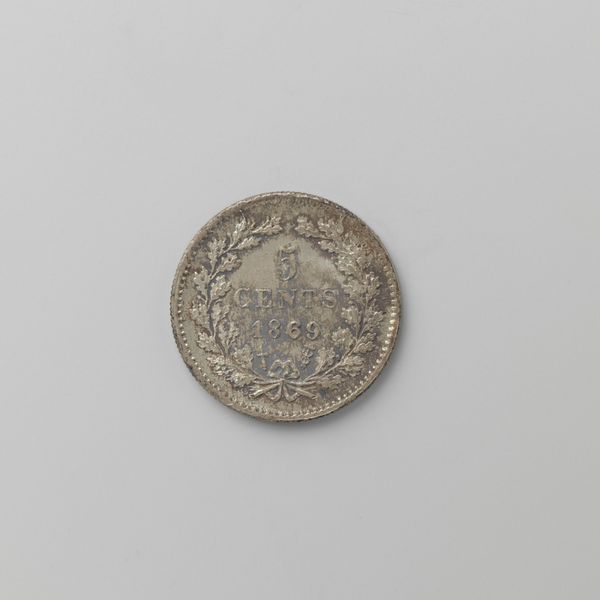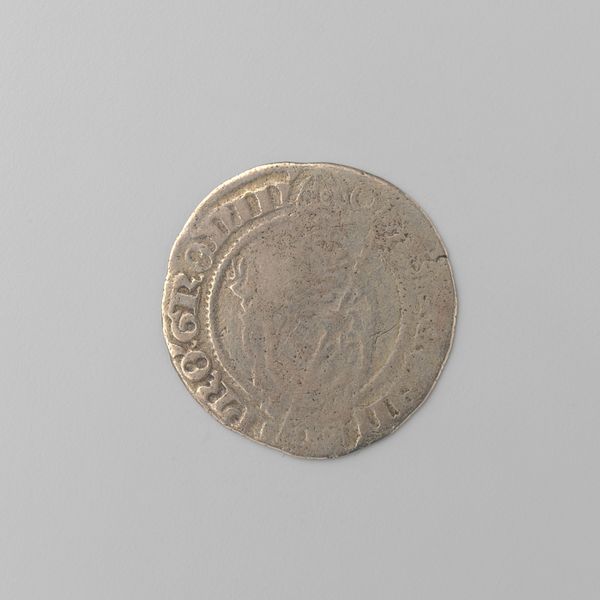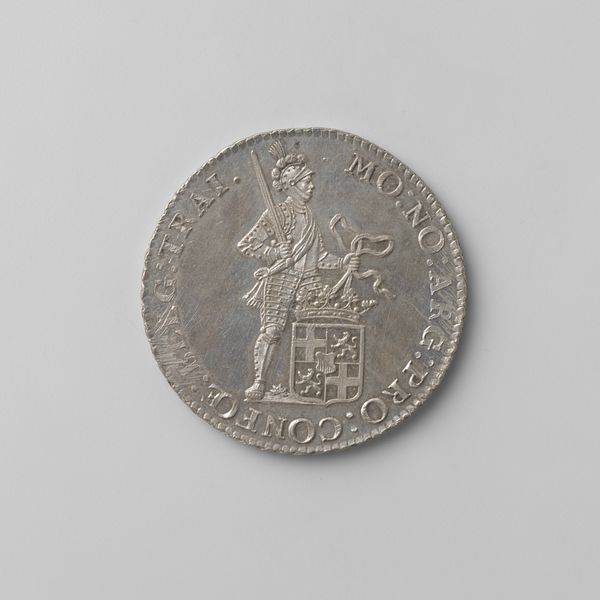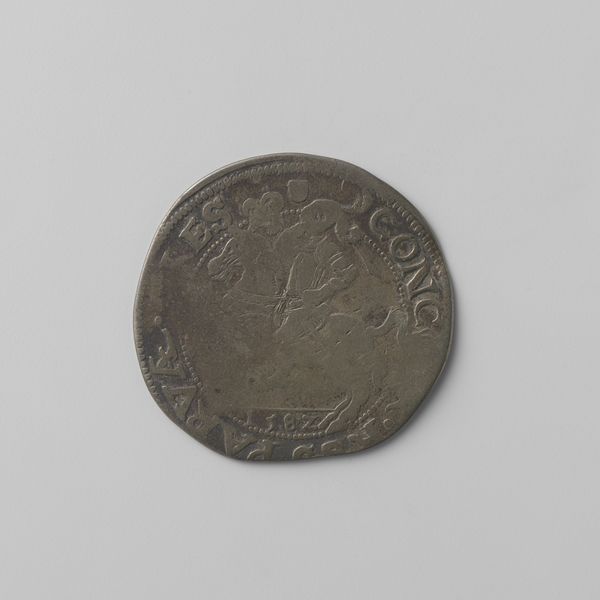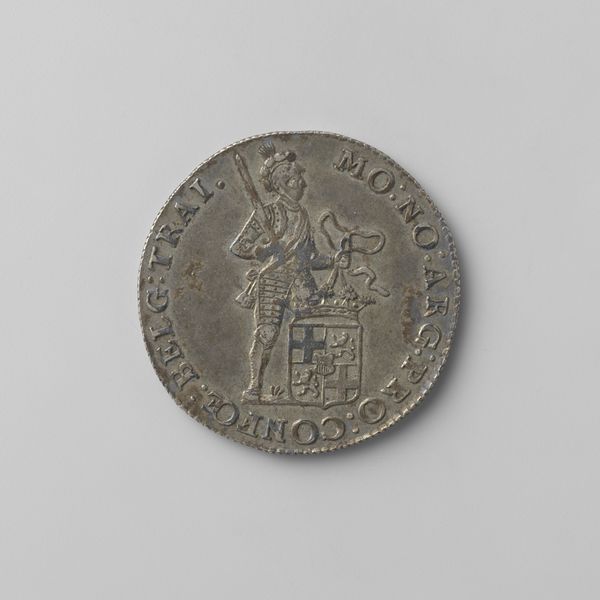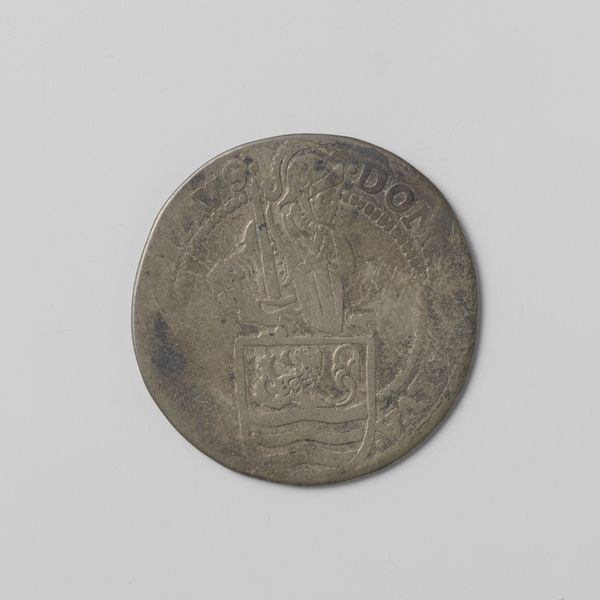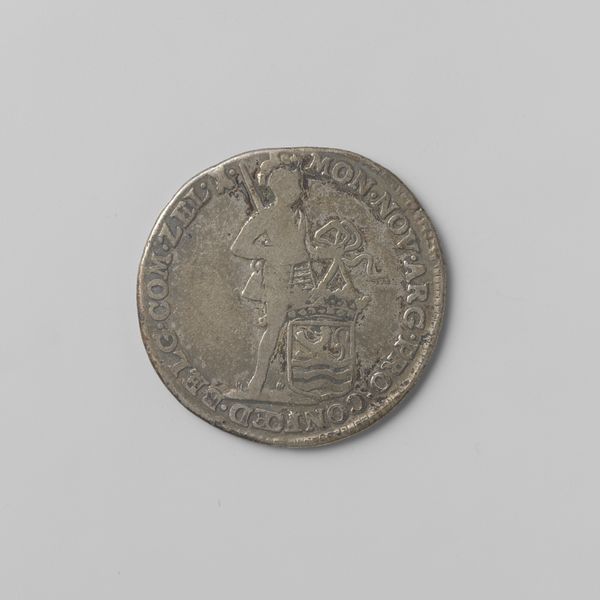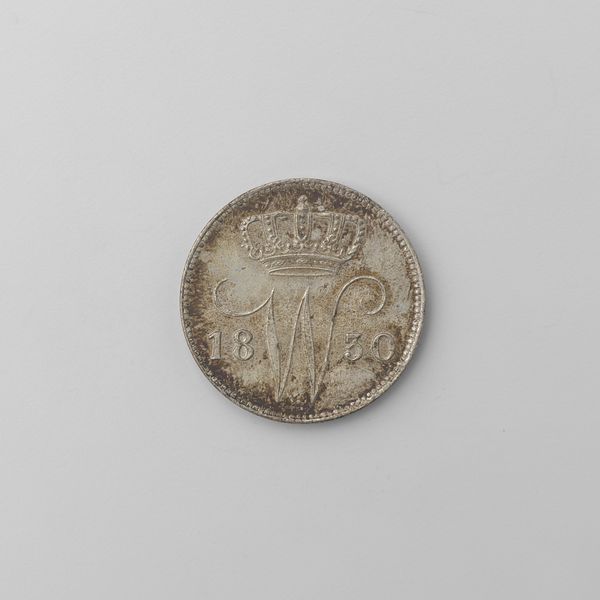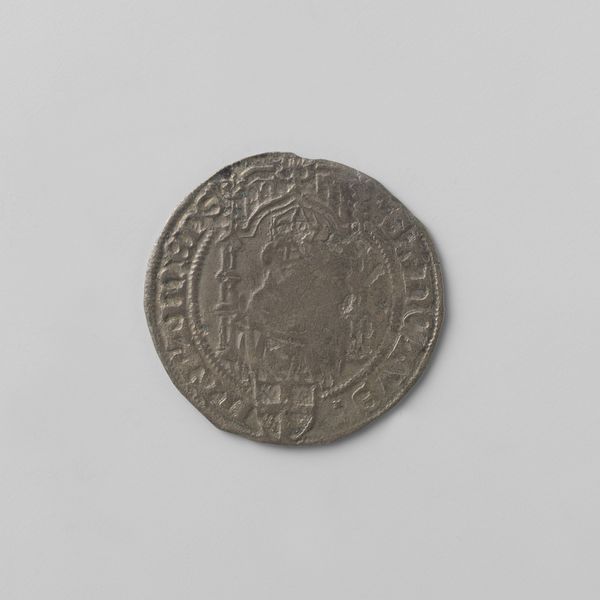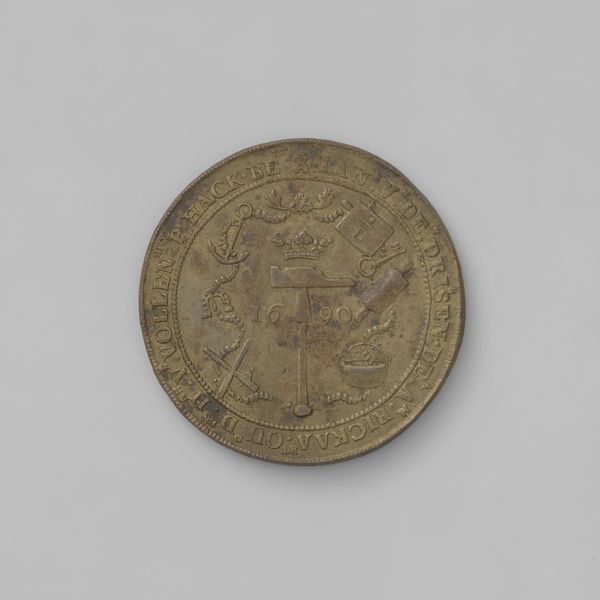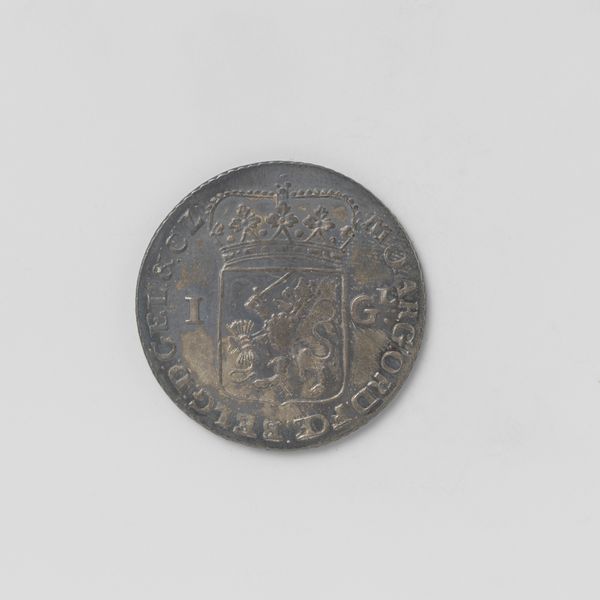
silver, metal, photography
#
portrait
#
still-life-photography
#
silver
#
metal
#
photography
#
modernism
Dimensions: diameter 5 cm, height 6 cm, width 5 cm, depth 0.8 cm, weight 32 gr
Copyright: Rijks Museum: Open Domain
Editor: Here we have a photograph from 1970 by Slotboom's Goud Import, titled "Hanger van zilveren tientje van Juliana." It shows a silver coin pendant, seemingly well-worn, perhaps even tarnished a little, resting against a plain backdrop. It feels... strangely intimate, in a way. What do you make of this piece? Curator: This is fascinating. On the surface, it's a still-life photograph of a piece of jewelry incorporating a Dutch coin. However, seen through a historical lens, it speaks volumes about the changing role of monarchy and national identity in the post-war era. How do you think ordinary people perceived Queen Juliana? Editor: Probably with a great deal of respect, I would imagine. Curator: Indeed. By the 1970s, though, while reverence remained, access to royalty shifted. Turning a coin—official currency, a symbol of the nation – into a pendant signifies this intimate appropriation. Wearing this, citizens quite literally ‘carried’ the Queen close to their hearts, altering its use. Editor: So, the act of making it into a piece of jewelry is the significant part? It takes something institutional, like currency representing a nation, and transforms it into something personal? Curator: Precisely. Photography also plays a vital role. A photo like this makes the pendant a widely viewed object. So how did this new mode of personal adornment and depiction reshape perceptions? That's one question this raises. Editor: I never would have considered the changing role of the monarchy! Now, I am more curious about how cultural symbols transform and influence how people interact with power. Curator: Exactly, and it demonstrates how even a seemingly simple object can reveal shifts in our social and political landscape when looked at critically.
Comments
No comments
Be the first to comment and join the conversation on the ultimate creative platform.
